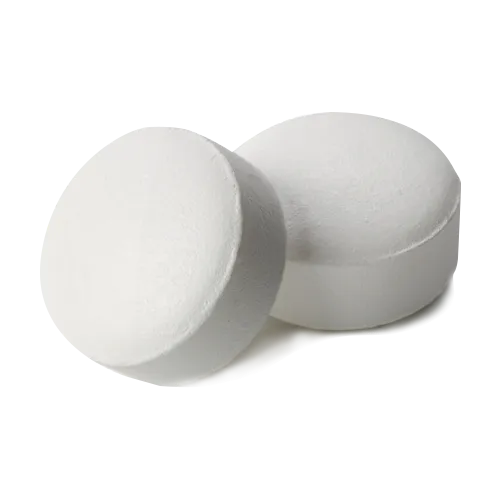Author: Dr. Michael E. Rosenberg, MD
Specialty: Vascular Medicine & Interventional Cardiology
Last updated: November 17, 2025
What is Trental (Pentoxifylline) Used For?
Trental (pentoxifylline) is a methylxanthine derivative classified as a hemorheologic agent. It is FDA-approved for the symptomatic treatment of intermittent claudication associated with chronic occlusive arterial disease of the limbs (peripheral artery disease, PAD). By improving erythrocyte flexibility and reducing blood viscosity, Trental increases microcirculatory blood flow and tissue oxygenation, allowing patients to walk farther before experiencing leg pain.
Off-label and international uses supported by clinical evidence include:
- Diabetic angiopathy and foot ulcers
- Venous leg ulcers (adjunctive therapy)
- Cerebrovascular disease and stroke recovery
- Sickle cell leg ulcers
- Raynaud’s phenomenon
- Alcoholic hepatitis (investigational)
- High-altitude polycythemia
Mechanism of Action
Pentoxifylline exerts multiple beneficial effects:
- Increases cyclic AMP → inhibits phosphodiesterase
- Improves red blood cell deformability
- Reduces plasma fibrinogen and blood viscosity
- Inhibits platelet aggregation
- Decreases leukocyte adhesion to endothelium
- Reduces inflammatory cytokine production (TNF-α, IL-1)
Dosage and Treatment Regimens
| Indication | Dosage | Duration | Notes |
|---|---|---|---|
| Intermittent Claudication (FDA-approved) | 400 mg three times daily with meals | Minimum 8 weeks for full effect | May reduce to 400 mg twice daily if GI or CNS side effects occur |
| Diabetic Foot Ulcers (off-label) | 800 mg three times daily (or 1200 mg IV initially) | 6–12 months | Combined with standard wound care |
| Venous Leg Ulcers | 1200 mg/day (400 mg TID or 800 mg BID) | Up to 6 months | Adjunct to compression therapy |
| Cerebrovascular Disease | 800–1200 mg/day | 3–6 months | Common in Europe/Asia |
Comparison with Other Agents
| Drug | Mechanism | Walking Distance Improvement | FDA-Approved for IC | Cost (30-day) |
|---|---|---|---|---|
| Pentoxifylline (Trental) | Hemorheologic + anti-inflammatory | +22–40% (meta-analyses) | Yes (1984) | $30–80 generic |
| Cilostazol (Pletal) | Phosphodiesterase III inhibitor | +40–60% | Yes (1999) | $150–300 |
| Naftidrofuryl (Europe) | 5-HT2 antagonist | +50% | No in USA | N/A |
| Ginkgo biloba (EGb 761) | Antioxidant + hemorheologic | +30–35% | No | $20–50 |
Clinical Evidence & Official Sources
FDA Label (1984): https://www.accessdata.fda.gov/drugsatfda_docs/label/2016/018631s035lbl.pdf
EMA Summary of Product Characteristics: EMA Trental SmPC
Key Meta-analysis (2019): PubMed – Pentoxifylline for intermittent claudication (Cochrane Review)
Customer Reviews
“After 3 months on Trental 400 mg TID, my walking distance doubled. I can now walk the entire grocery store without stopping. Side effects minimal.”
“Helped my diabetic foot ulcer heal faster when combined with dressing changes. Only mild nausea first week.”
“Better than cilostazol for me — no headaches, and it’s much cheaper. Legs feel lighter.”
“Used for venous ulcers. Took 4 months to see major improvement, but definitely worth continuing.”
“My vascular surgeon recommended it 10 years ago. Still walking 18 holes of golf thanks to Trental.”
Frequently Asked Questions (FAQ)
This article is for informational purposes only and does not replace professional medical advice. Always consult your physician or pharmacist before starting any new medication.


